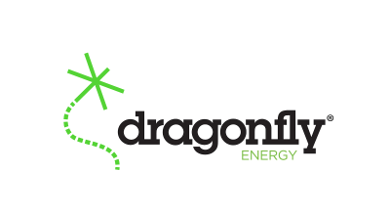Using Predictive Maintenance to Improve Efficiency
RV manufacturers commonly face the challenge of keeping their fleet, machinery, and other assets working efficiently, while also reducing the cost of maintenance and time-sensitive repairs.
It is crucial to identify the cause of potential faults or failures before they have an opportunity to occur. Emerging technologies like the “Internet of Things,” big data analytics, and cloud-data storage enable more RVs to send condition-based data to a centralized server. This makes fault-detection easier, more practical, and more direct.
By proactively identifying potential issues, RV companies can deploy their maintenance services more effectively and improve equipment up-time. The critical features that help to predict faults or failures are often buried in structured data, such as year of production, make, model, warranty details, as well as unstructured data such as maintenance history and repair logs.
By leveraging artificial intelligence (AI) models to identify anomalous behavior, the information derived from the equipment sensors can be turned into meaningful and actionable insights for proactive maintenance of assets. This predictive maintenance helps prevent incidents that result in asset downtime or accidents.
North America Tops Market Share
Due to higher spending by companies looking to optimize operating costs and increase profitability, North America will continue to be the biggest market for predictive maintenance solutions.
With an estimated market share of 31.6 percent, North America is expected to grow its predictive maintenance solutions at a CAGR of 24.5 percent, maintaining its lead from 2017 through 2022. Key players include Bosch, GE, Hitachi, Honeywell and Rockwell Automation, just to name a few.
Predictive Maintenance Approach
The underlying architecture of a preventive maintenance model is fairly uniform irrespective of its end applications. The analytics usually reside on a host of IT platforms, but these layers are systematically described as:
- Data acquisition and storage
- Data transformation, a conversion of raw data for machine learning models
- Condition monitoring (alerts based on asset operating limits)
- Asset health evaluation, which generates diagnostic records based on trend analysis if asset health has already started declining
- Prognostics, which generates predictions of failure through machine learning models, and estimating remaining life
- Decision support system (recommendations of best actions)
- Human interface layer, which makes all information accessible in an easy-to-understand format
Failure prediction, fault diagnosis, failure-type classification, and recommendation of relevant maintenance actions are all a part of predictive maintenance methodology.
As RV customers become increasingly aware of the growing maintenance costs and downtime caused by unexpected machinery failures, predictive maintenance solutions are gaining even more traction.
For manufacturers in particular, this type of predictive maintenance can serve as a significant competitive advantage in front of customers.
Small- and medium-sized companies in the RV space can reap its advantages by keeping repair costs low and meeting initial operational costs.
While it evidently offers more business benefits than corrective and preventative maintenance programs, predictive maintenance is also a step ahead of preventive maintenance.
As maintenance work is scheduled at preset intervals, maintenance technicians are informed of the likelihood of parts and components failing during the next work cycle and can take action to minimize downtime.




